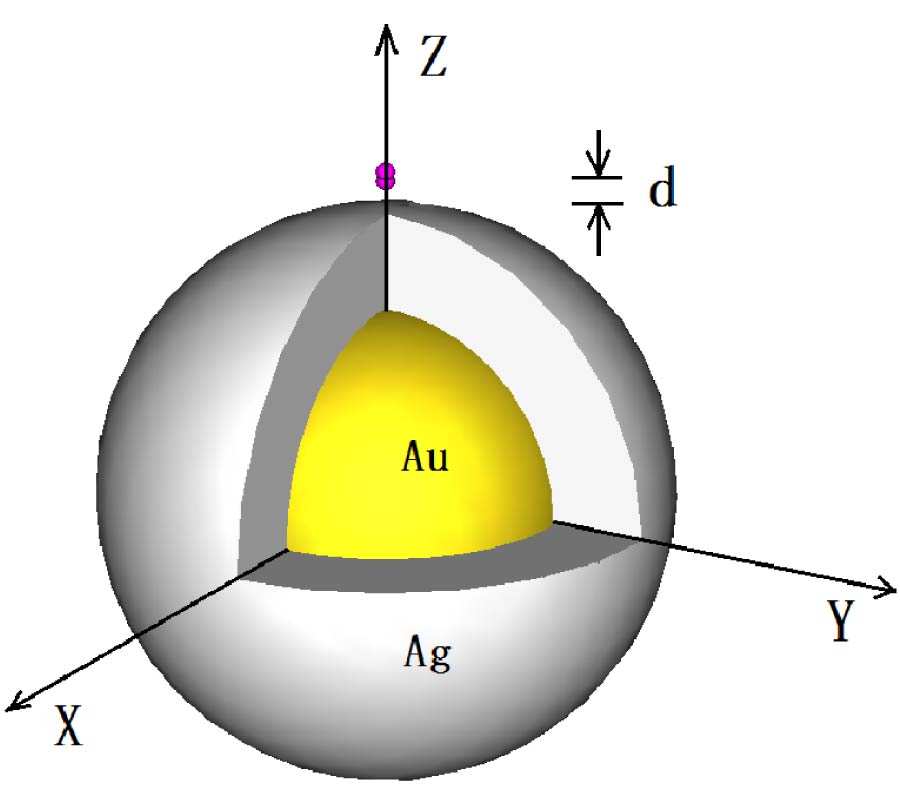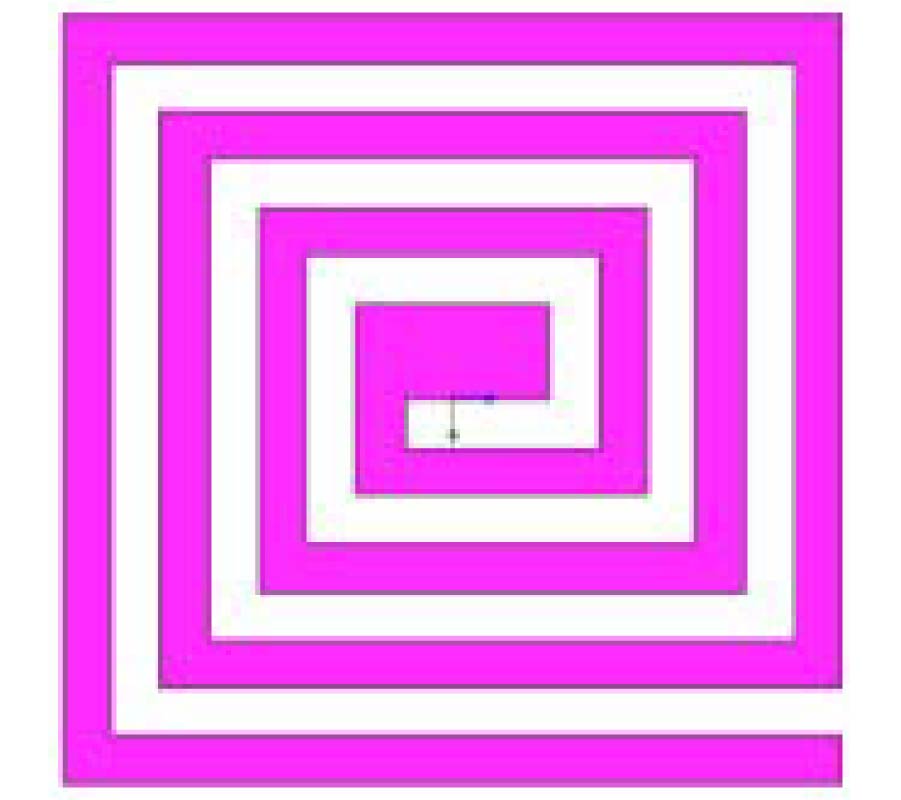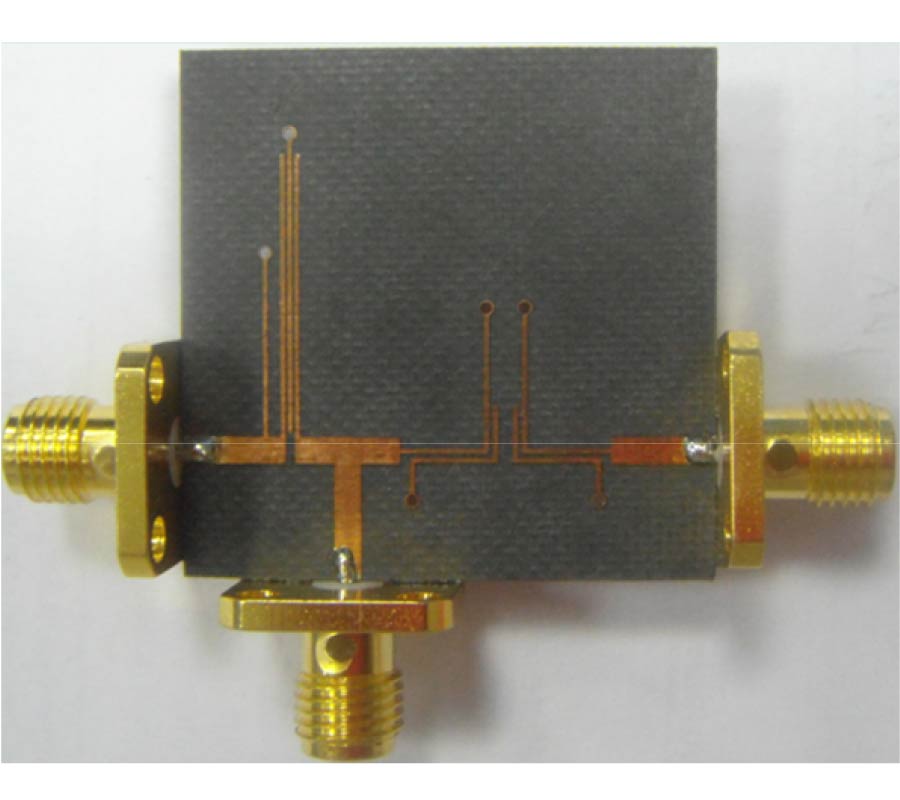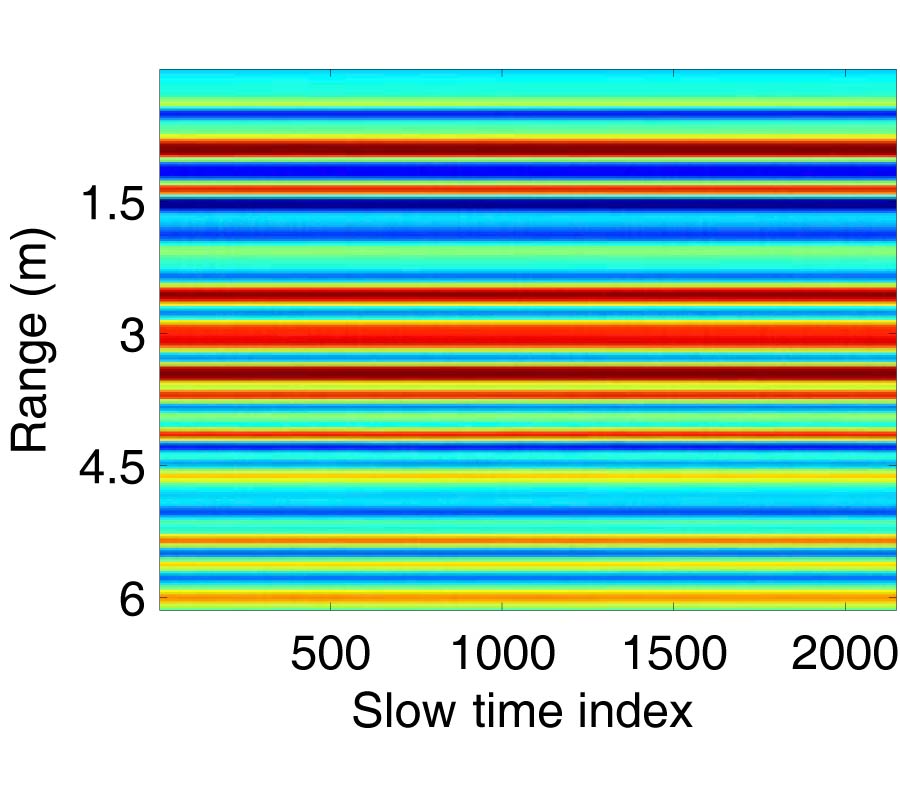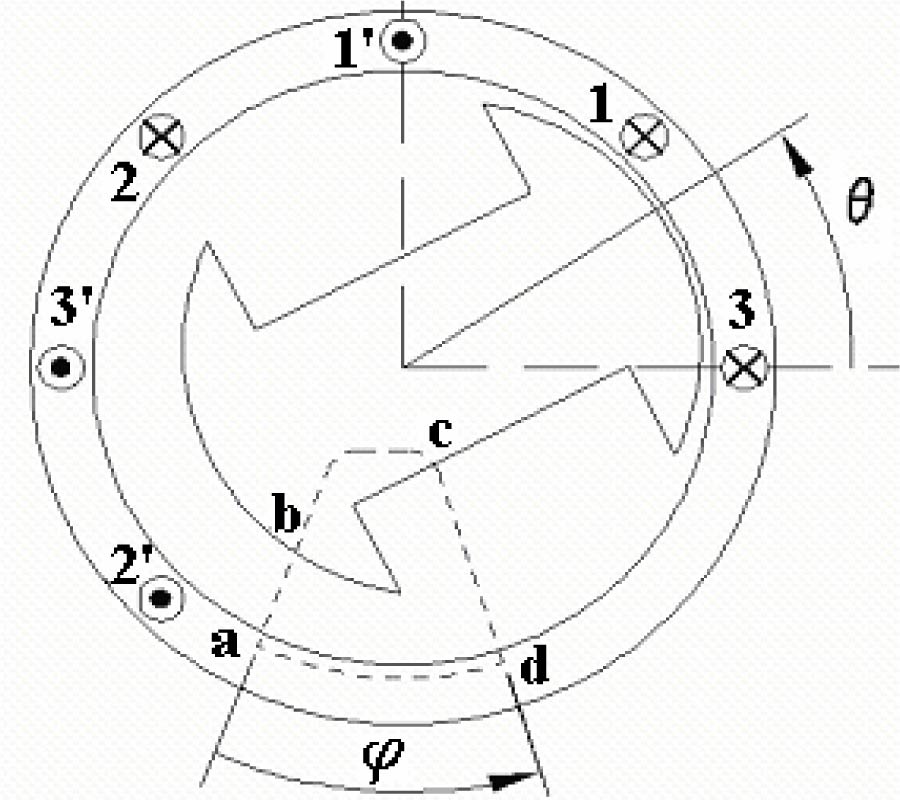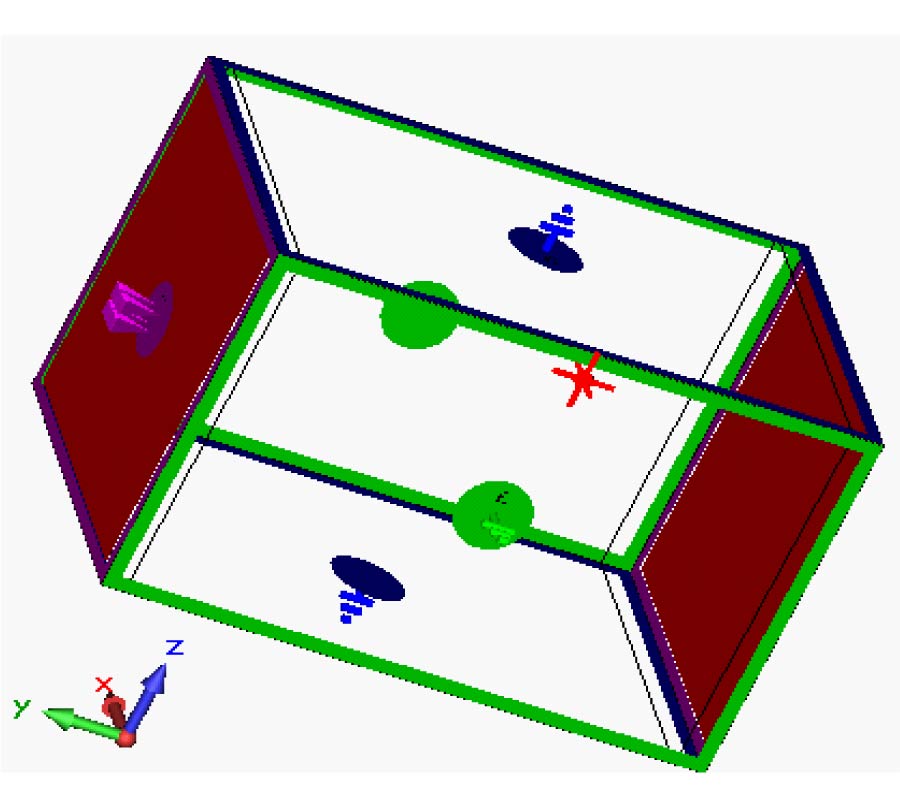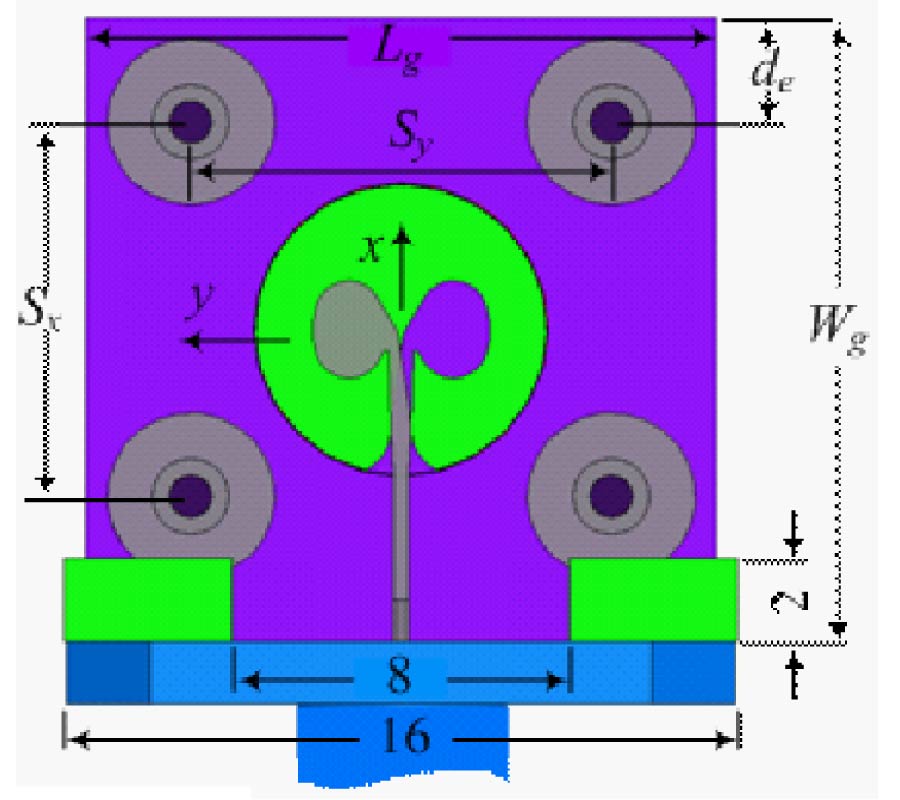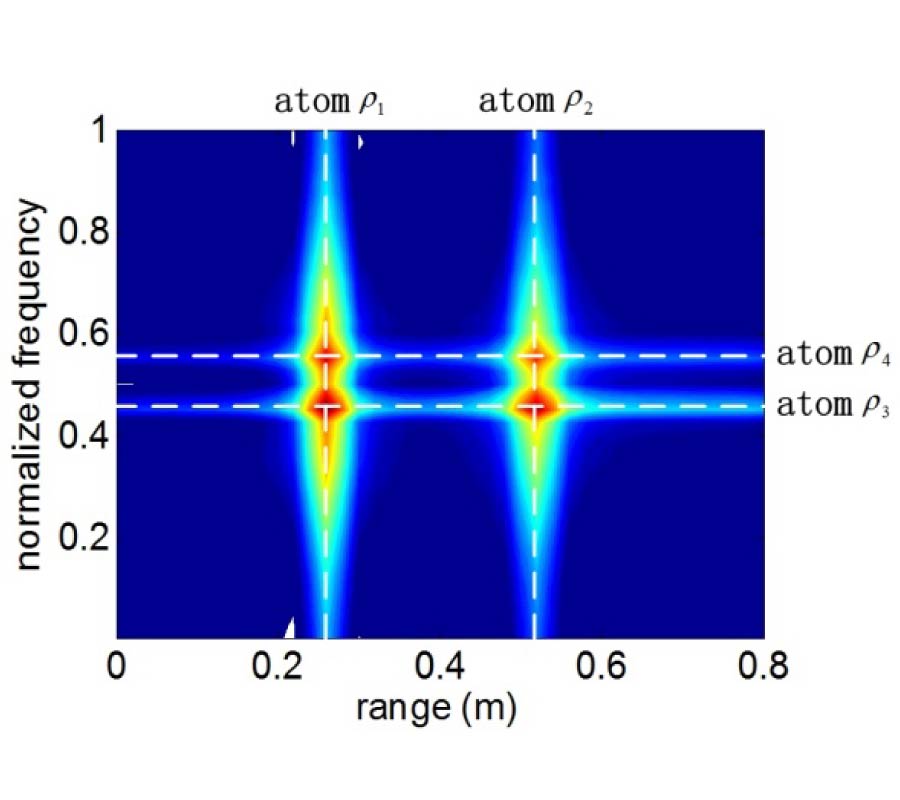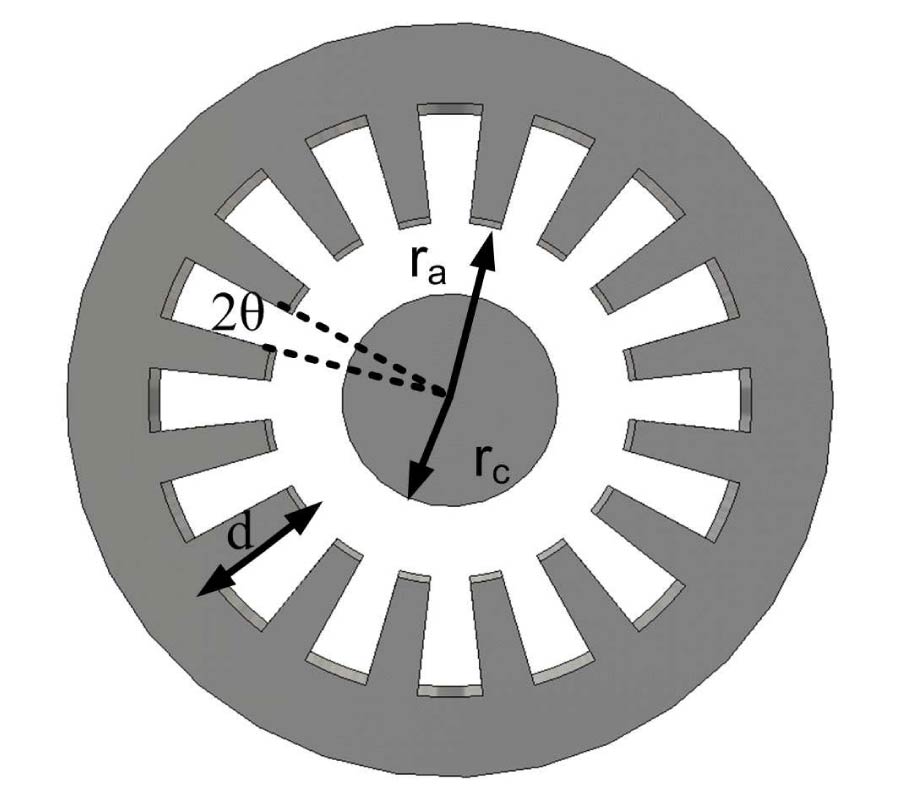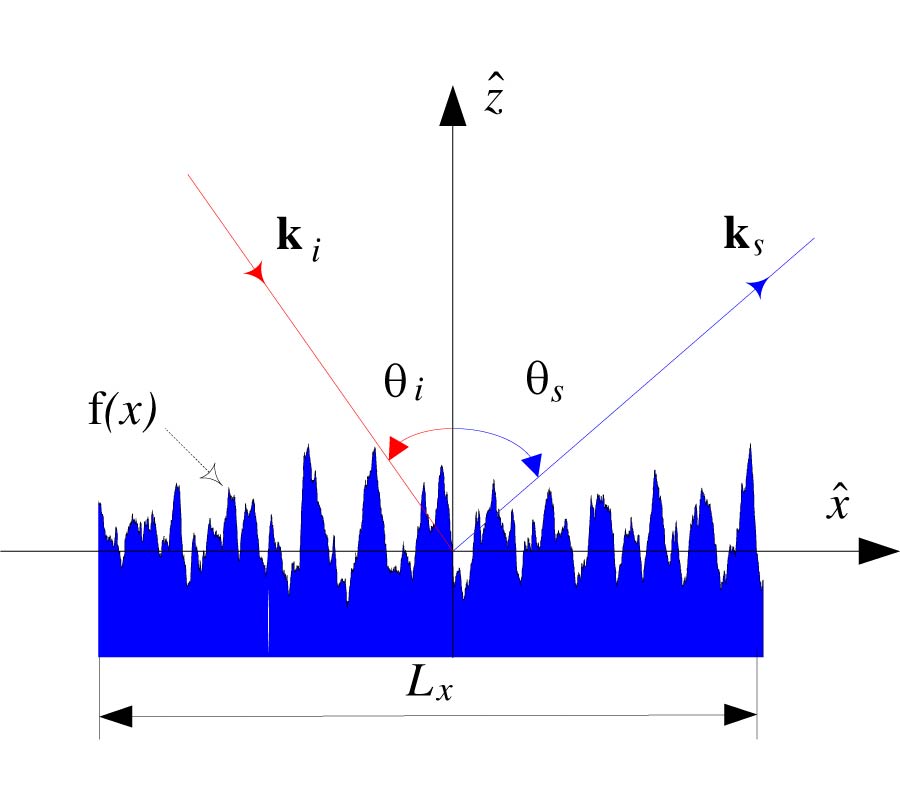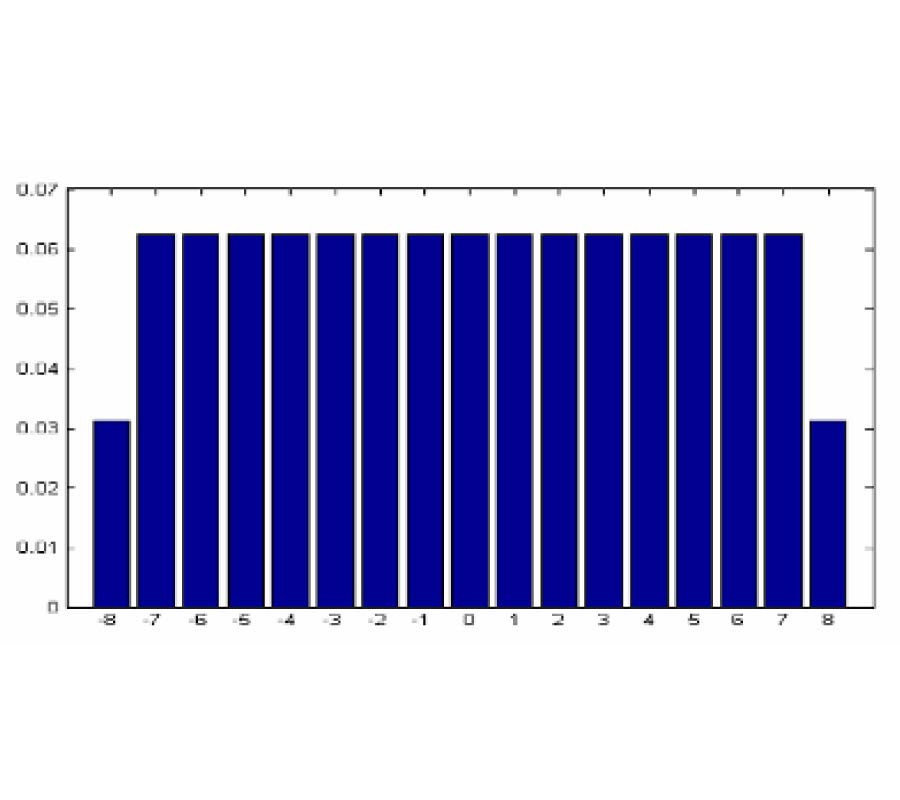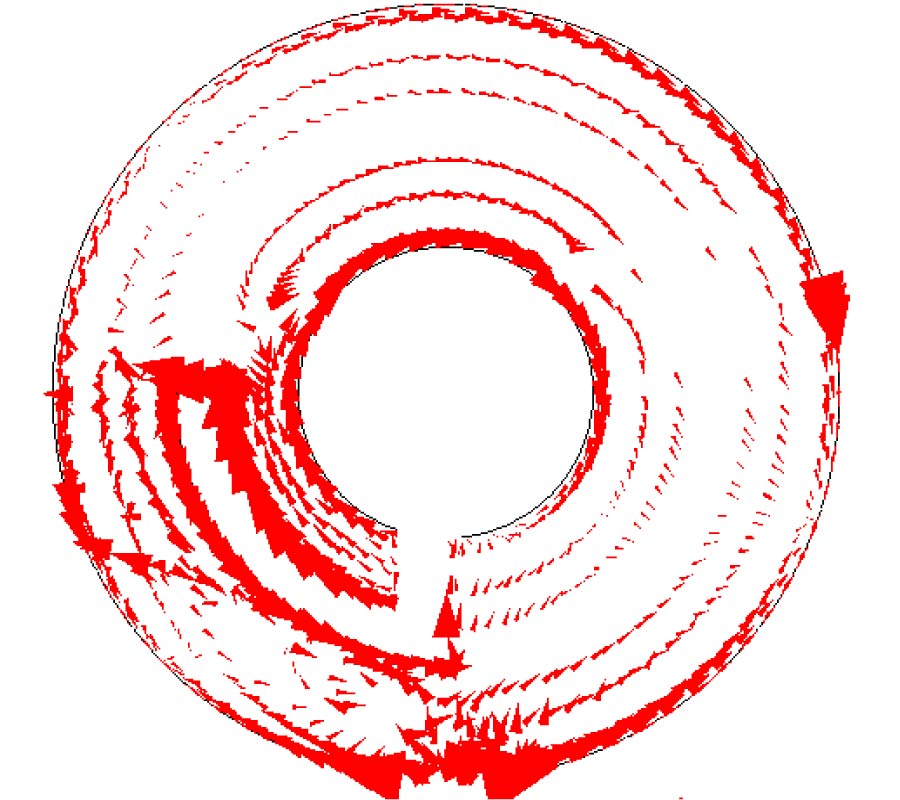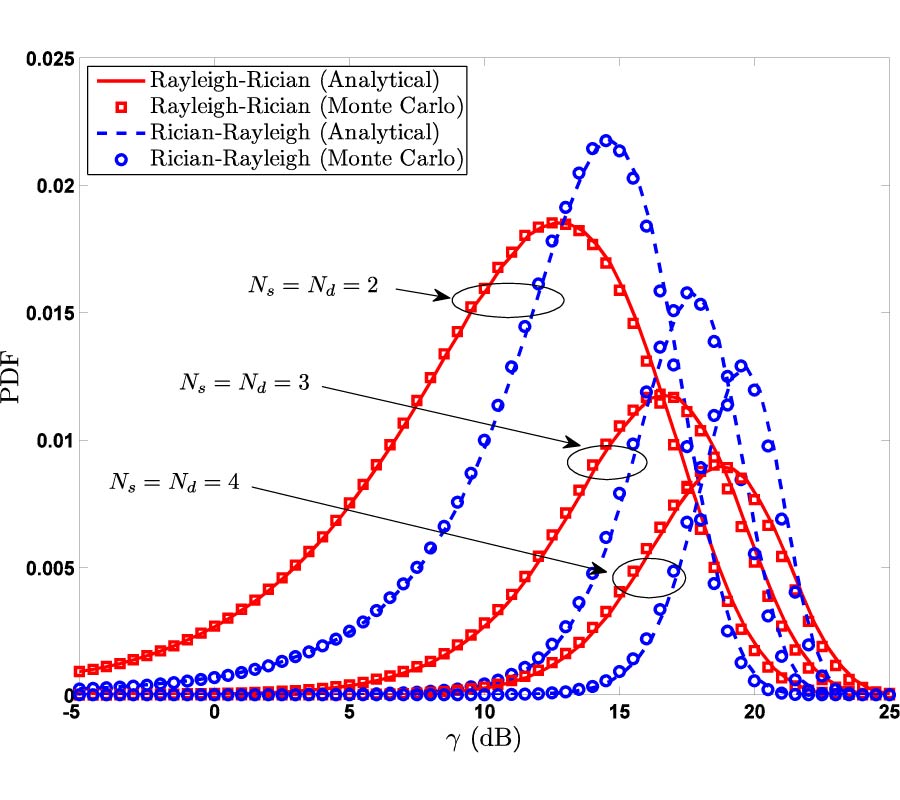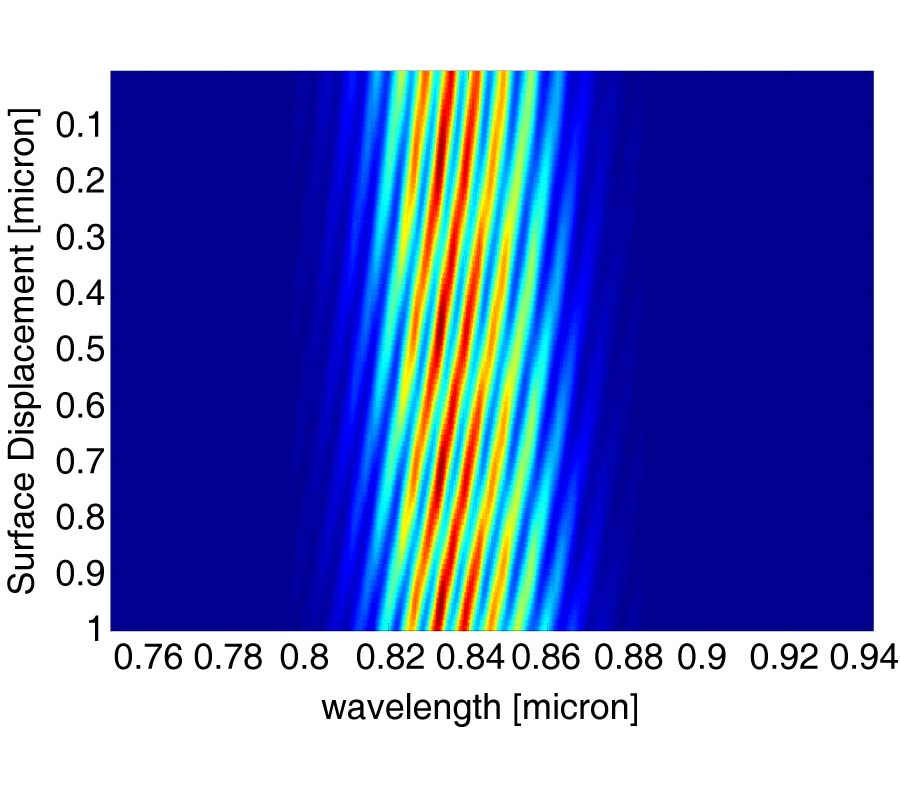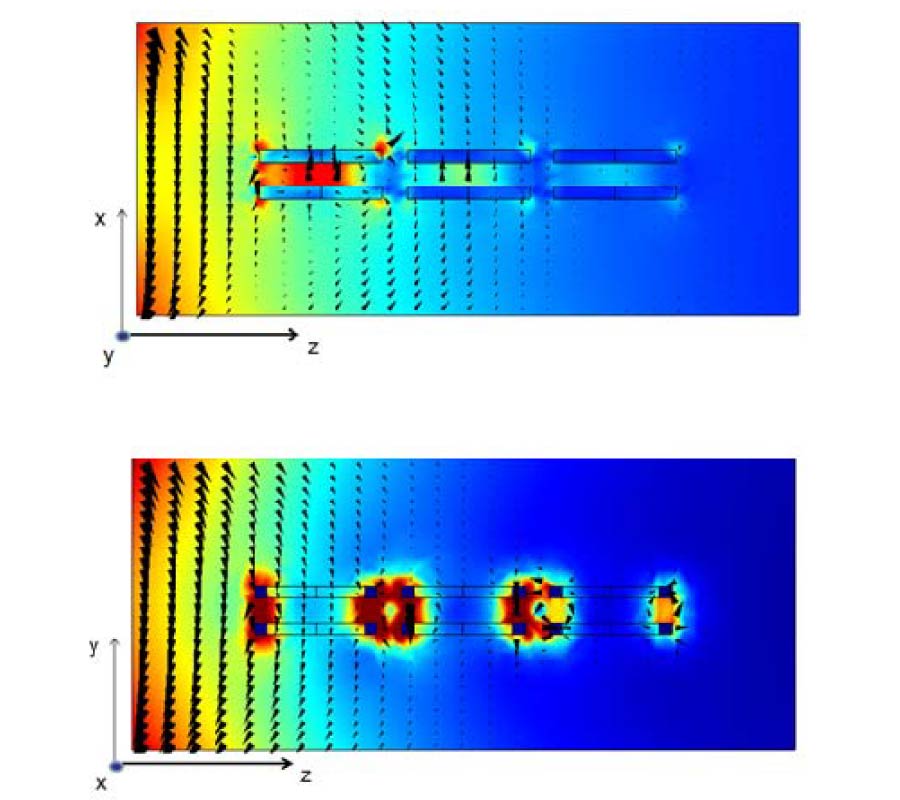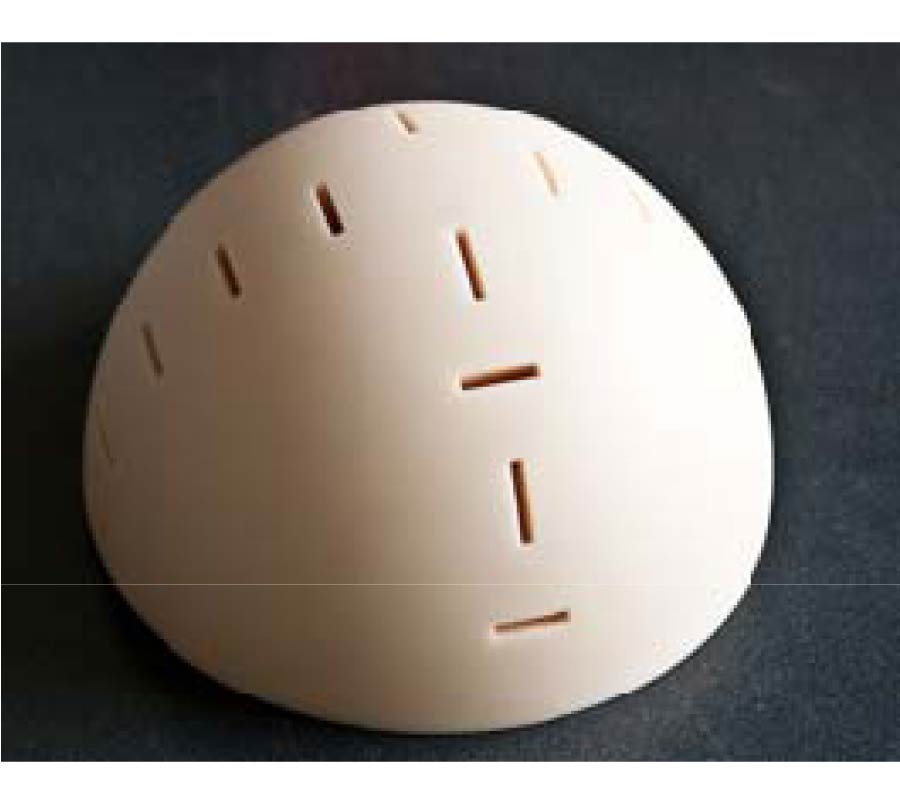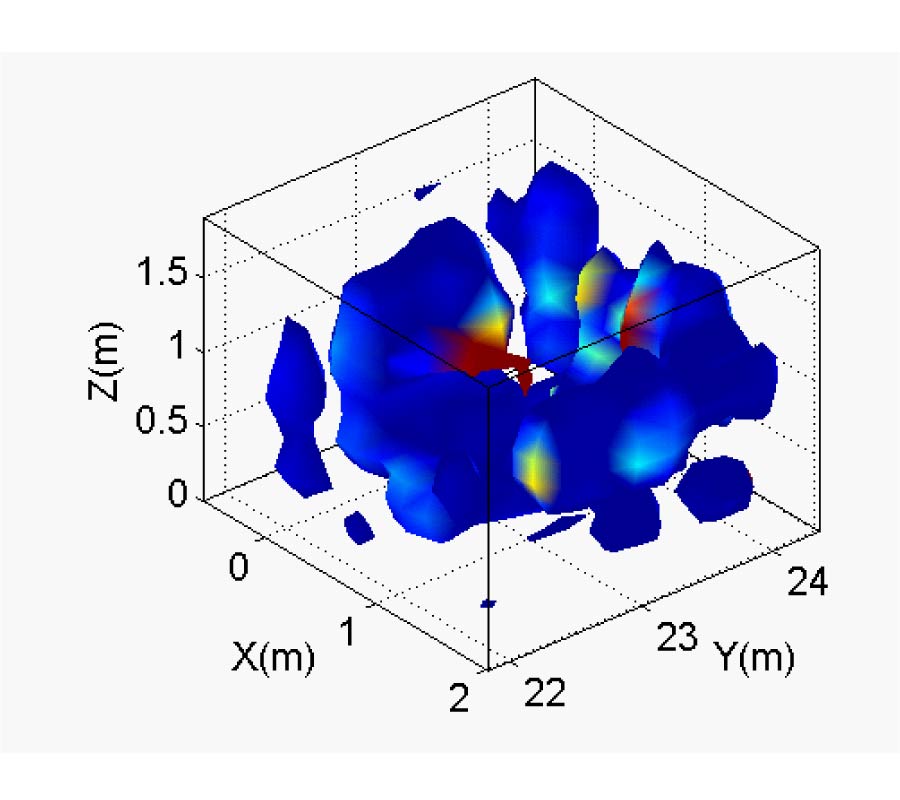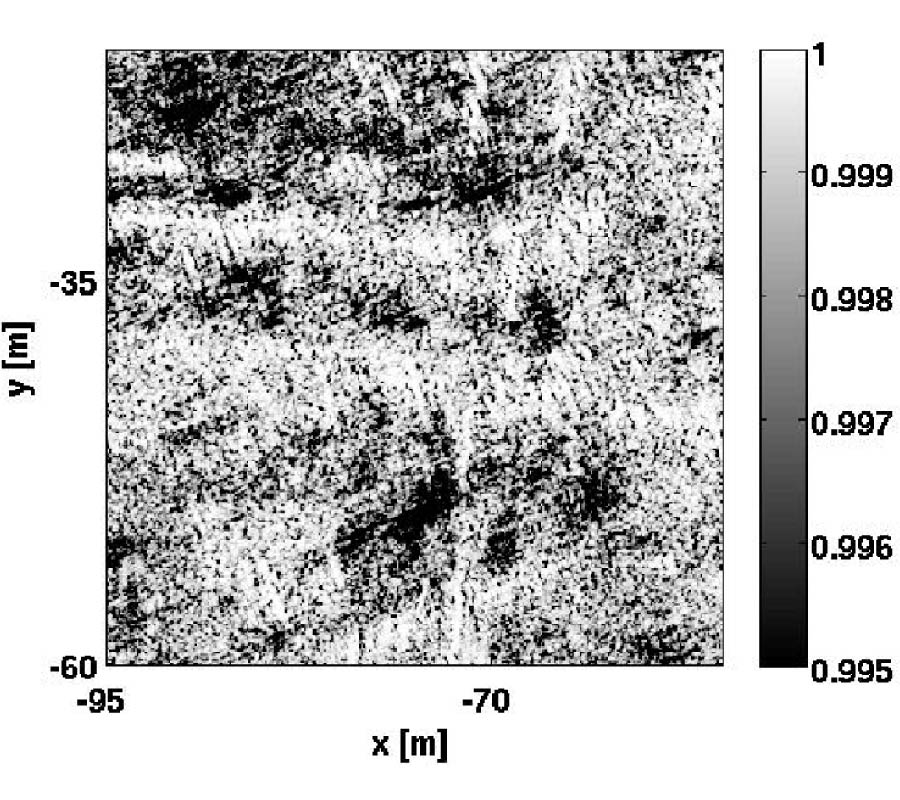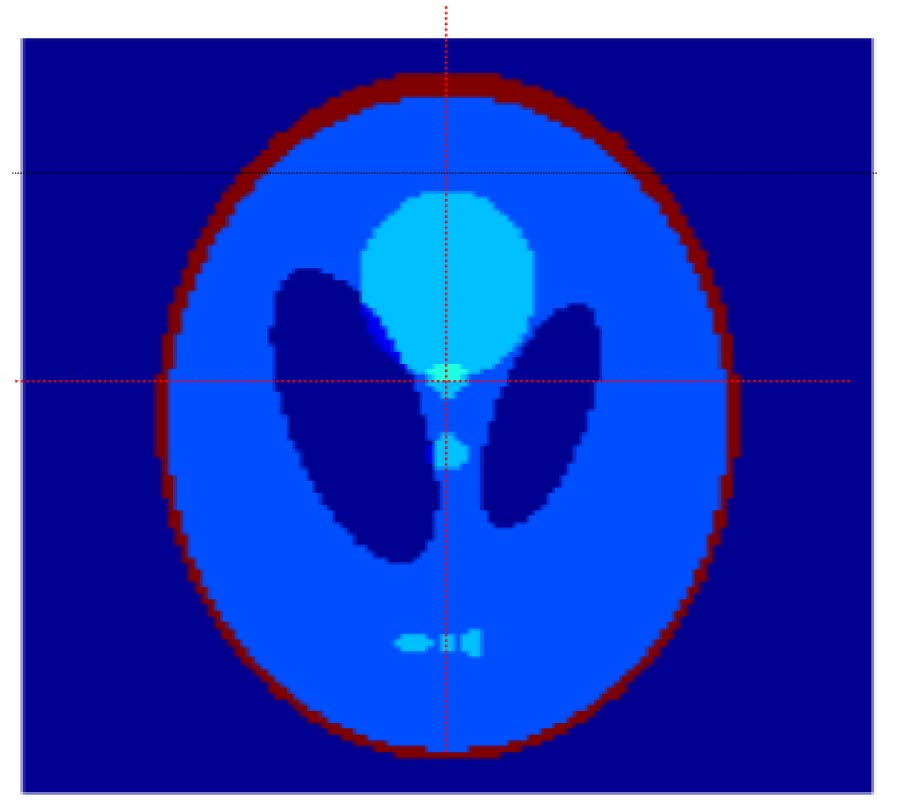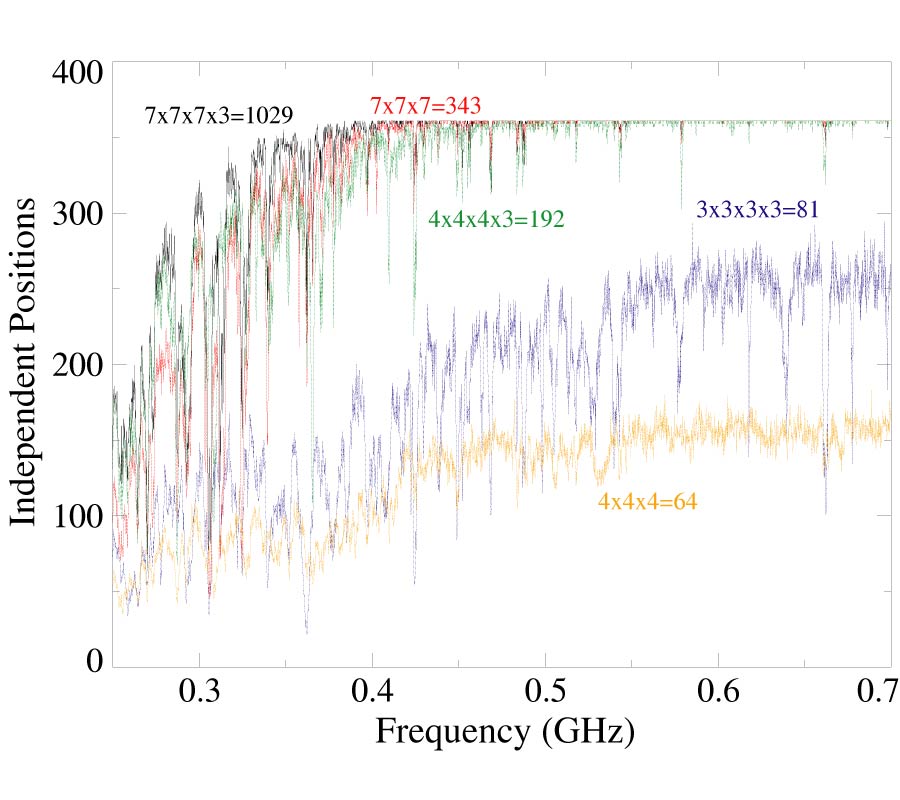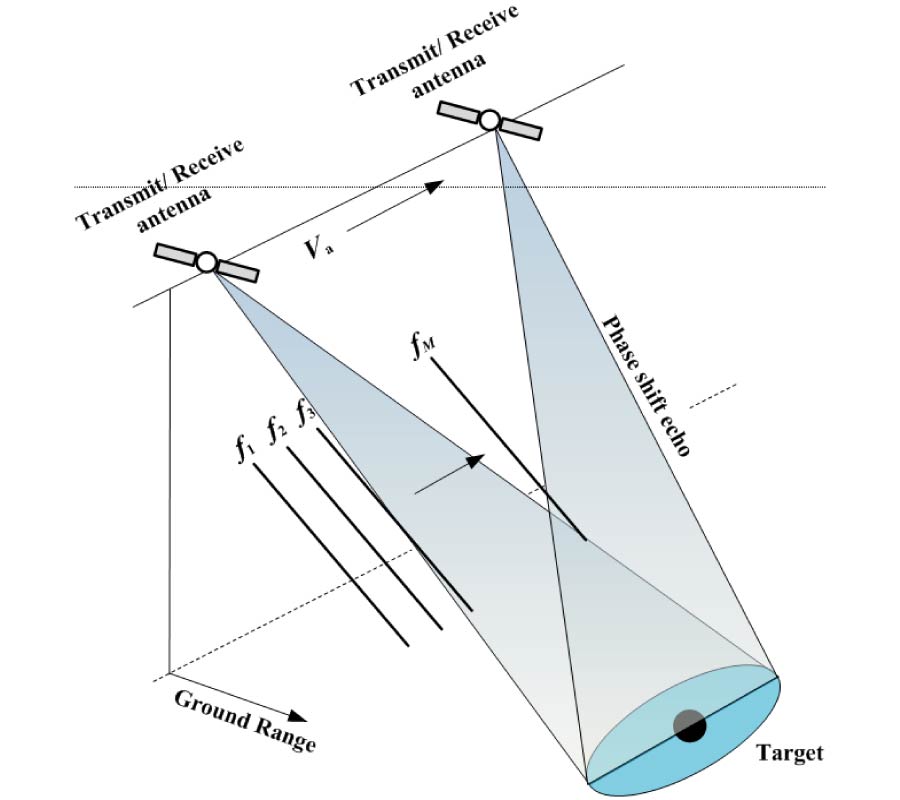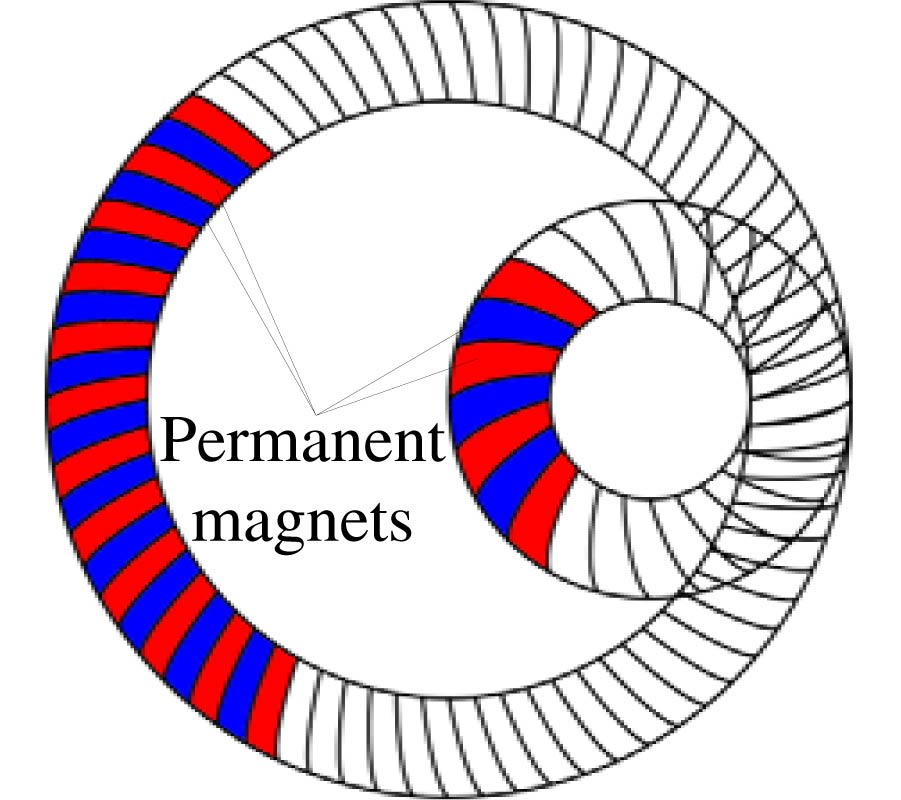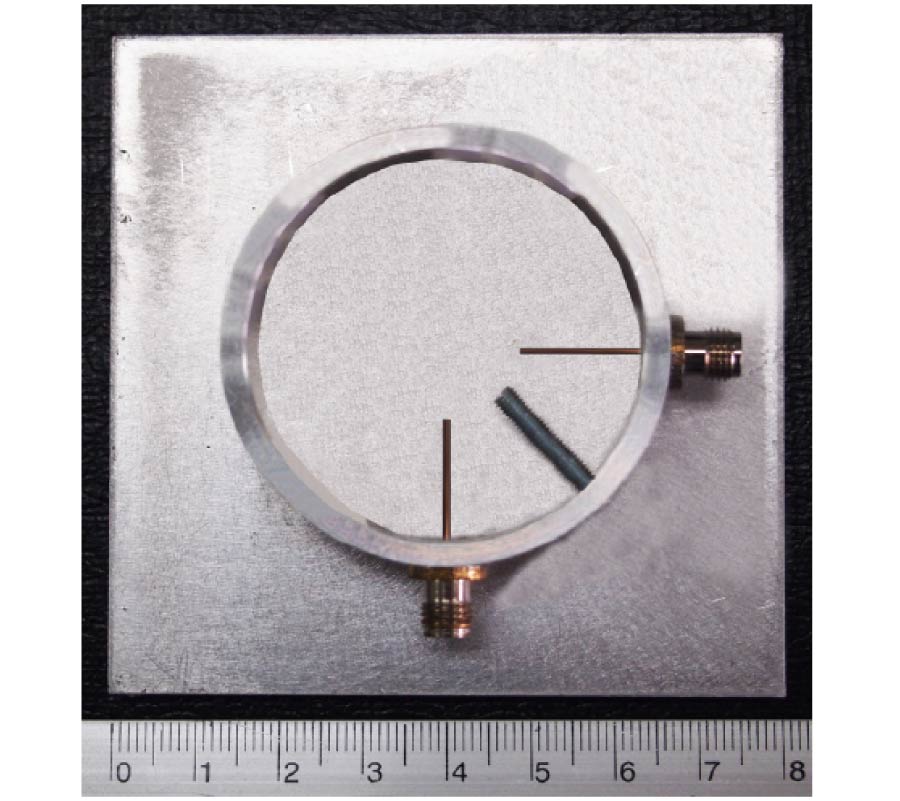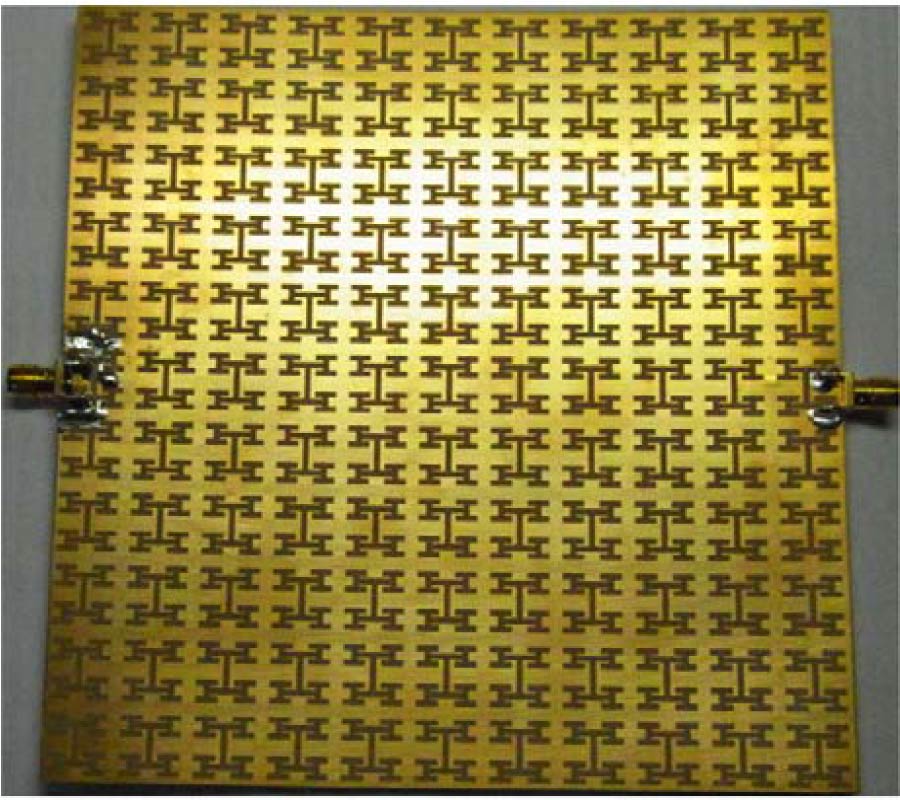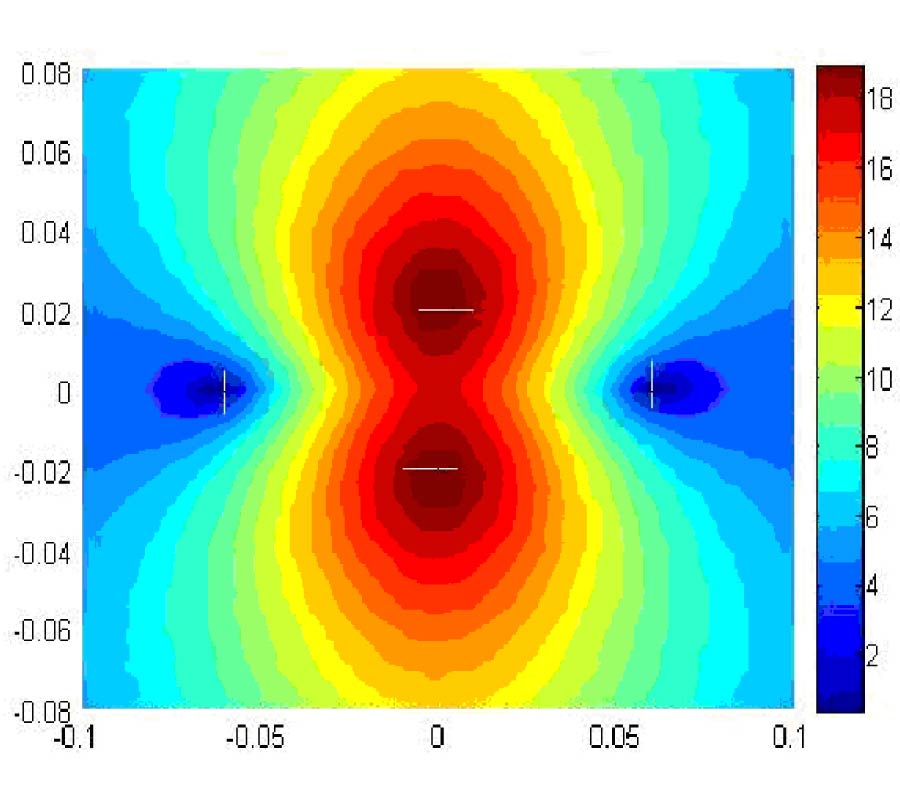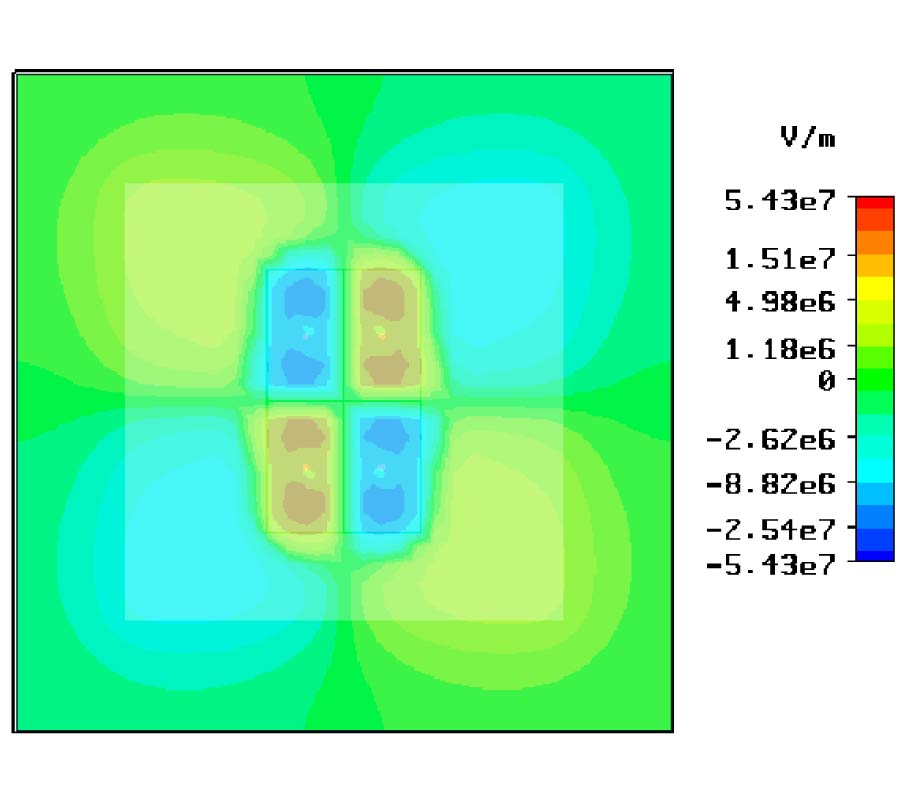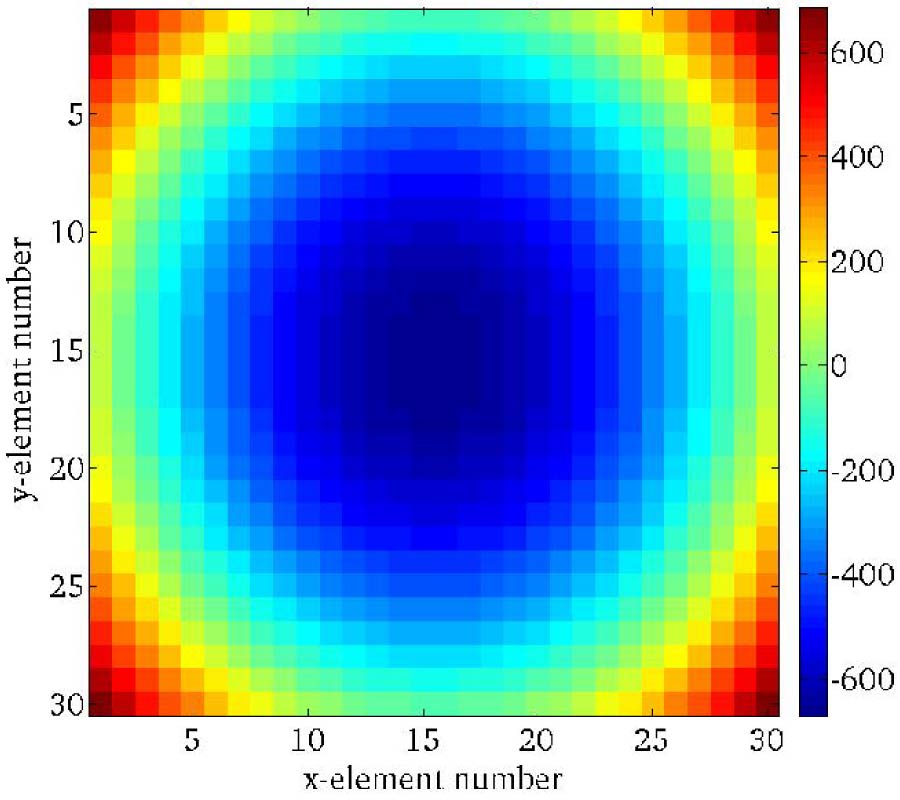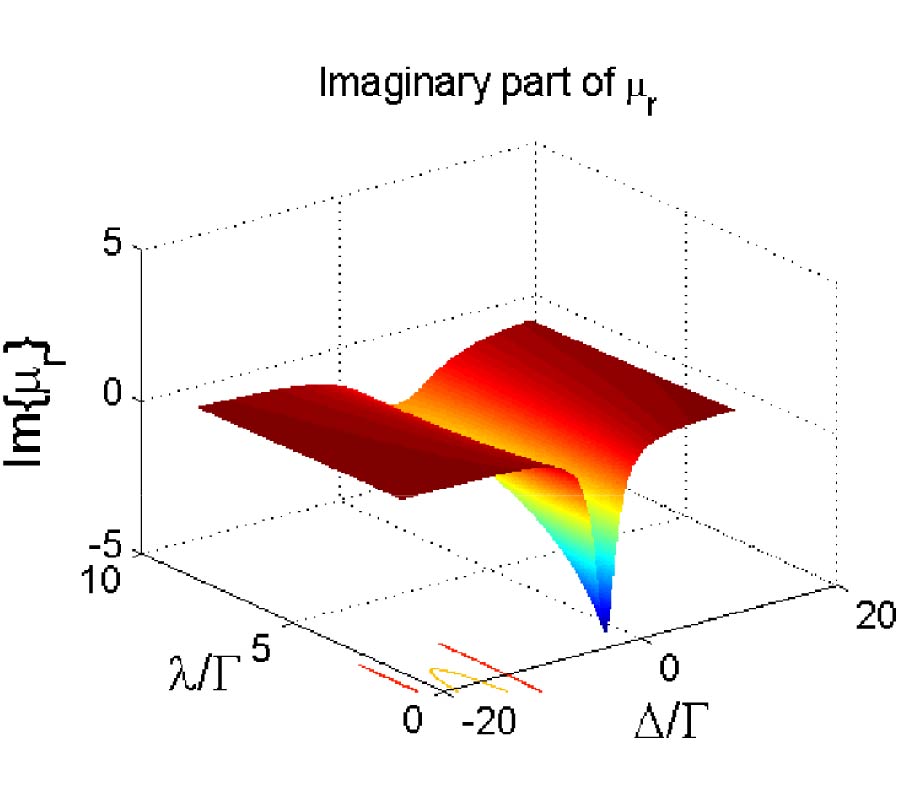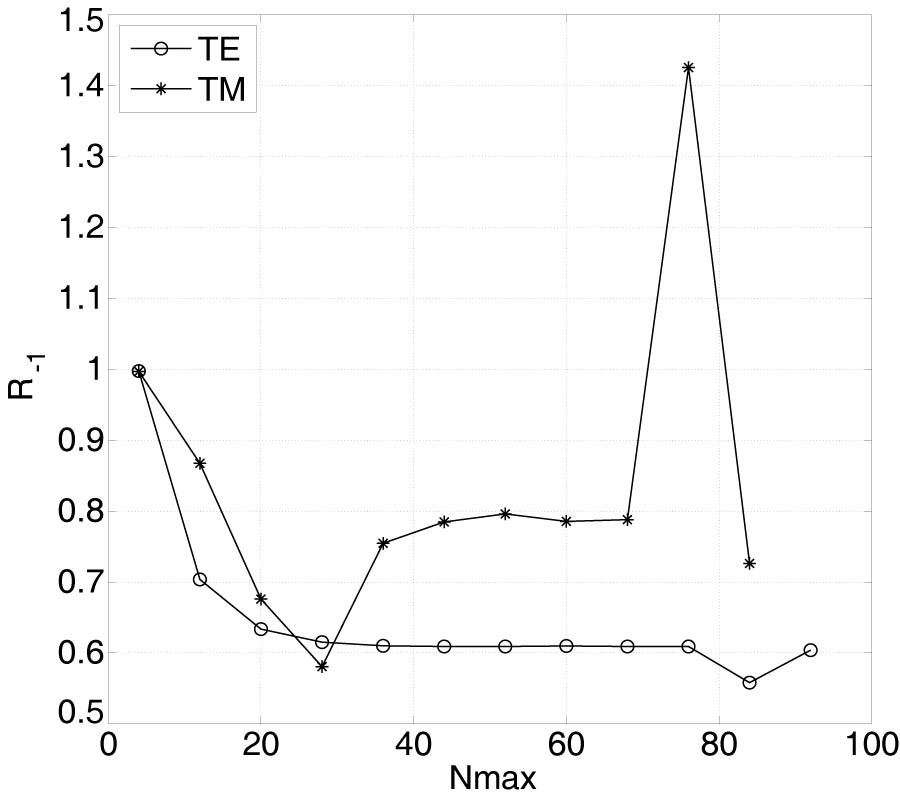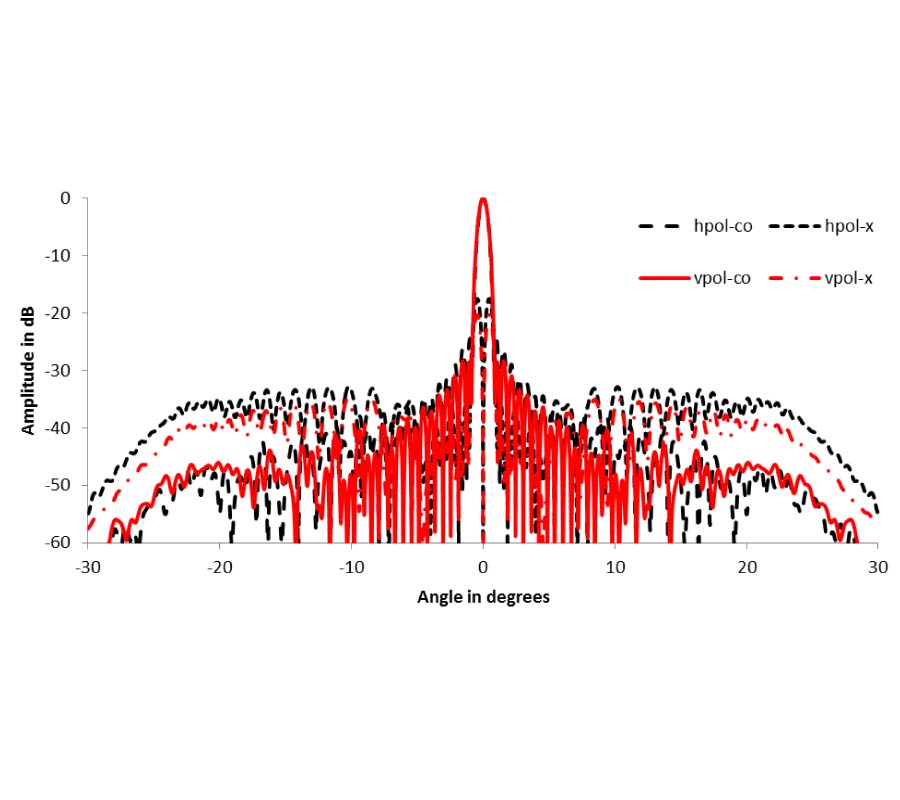The Use of a Human Body Model to Determine the Variation of Path Losses in the Human Body Channel in Wireless Capsule Endoscopy
Md. Rubel Basar,
Mohd Fareq Bin Abd Malek,
Khairudi Mohd Juni,
Mohd Iskandar Mohd Saleh,
Mohd Shaharom Idris,
Latifah Mohamed,
Norshafinash Saudin,
Nur Adyani Mohd Affendi and
Azuwa Ali
Presently, wireless capsule endoscopy (WCE) is the sole technology for inspecting the human gastrointestinal (GI) tract for diseases painlessly and in a non-invasive way. For the further development of WCE, the main concern is the development of a high-speed telemetry system that is capable of transmitting high-resolution images at a higher frame rate, which is also a concern in the use of conventional endoscopy. A vital task for such a high-speed telemetry system is to be able to determine the path loss and how it varies in a radio channel in order to calculate the proper link budget. The hostile nature of the human body's channel and the complex anatomical structure of the GI tract cause remarkable variations in path loss at different frequencies of the system as well as at capsule locations that have high impacts on the calculation of the link budget. This paper presents the path loss and its variation in terms of system frequency and location of the capsule. Along with the guideline about the optimum system frequency for WCE, we present the difference between the maximum and minimum path loss at different anatomical regions, which is the most important information in the link-margin setup for highly efficient telemetry systems in next-generation capsules. In order to investigate the path loss in the body's channel, a heterogeneous human body model was used, which is more comparable to the human body than a homogenous model. The finite integration technique (FIT) in Computer Simulation Technology's (CST's) Microwave Studio was used in the simulation. The path loss was analyzed in the frequency range of 100 MHz to 2450 MHz. The path loss was found to be saliently lower at frequencies below 900 MHz. The smallest loss was found around the frequency of 450 MHz, where the variation of path loss throughout the GI tract was 29 dB, with a minimum of -9 dB and a maximum of -38 dB. However, at 900 MHz, this variation was observed to be 38 dB, with a minimum of -10 dB and a maximum of -48 dB. For most positions of the capsule, the path loss increased rapidly after 900 MHz, reaching its peak at frequencies in the range of 1800 MHz to 2100 MHz. During examination of the lower esophageal region, the maximum peak observed was -84 dB at a frequency of 1760 MHz. The path loss was comparatively higher during examination of anatomically-complex regions, such as the upper intestine and the lower esophagus as compared to the less complex stomach and upper esophagus areas.
